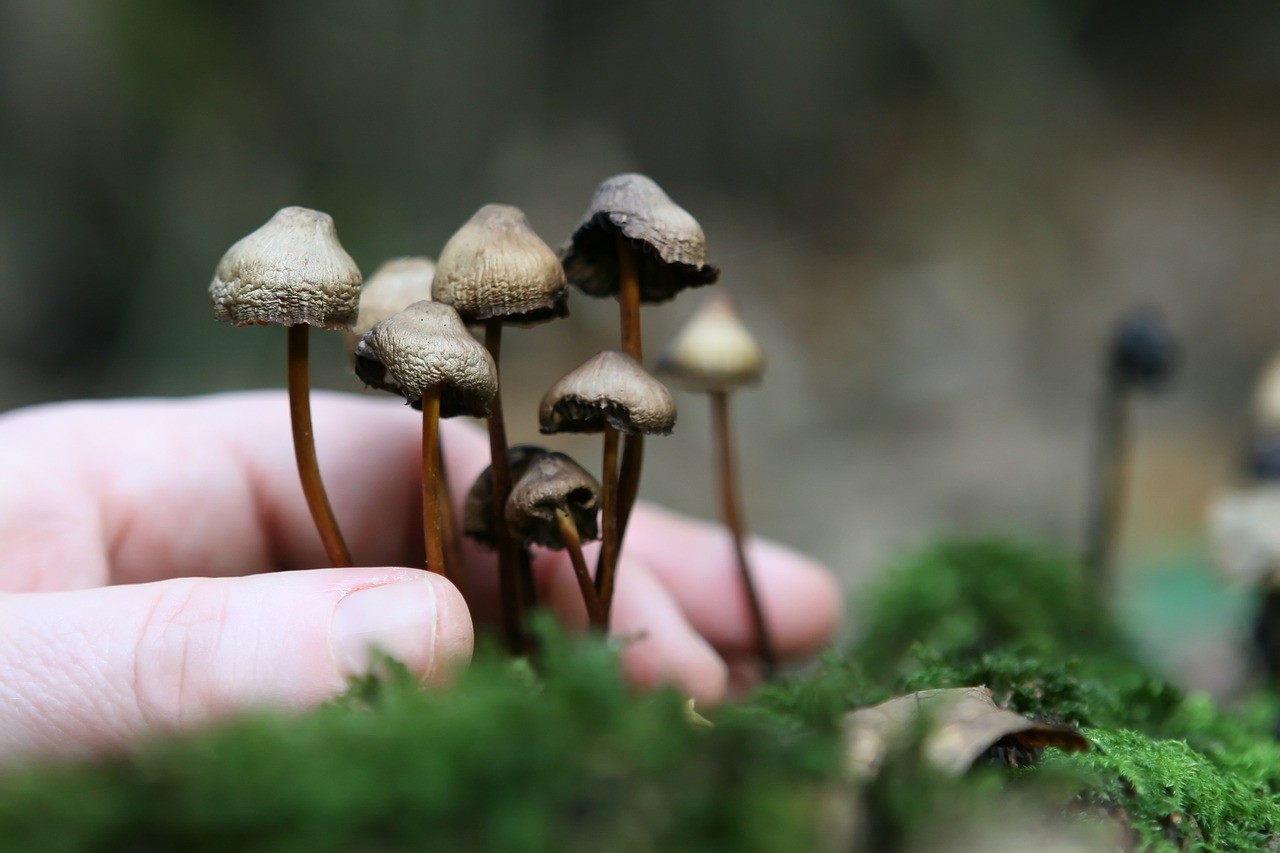Decoding the Nature of Mycelium
Mycelium is essentially the root structure of fungi that act as the digestive system for mushrooms. It scavenges for nutrients, transforms them into an absorbable form for fungi, and in doing so, nourishes the fungus. The byproduct of this entire process enriches the surrounding soil, providing vital nutrients for other plants while creating a nutrient-rich biomass that is ideal as garden mulch.
Beyond their part in mushroom growth, mycelium networks are crucial to the health and growth of many land-based plants, including trees. For example, tree roots establish a symbiotic relationship with fungi: the tree offers carbon in the form of sugars to the fungus, which reciprocates by providing essential minerals such as nitrogen and phosphorus to the tree. For more insights into this relationship, follow the link here.
Interestingly, mycelium networks act as an underground messaging network among plants, akin to the neural networks in our brains. Recent scientific studies suggest that plants and trees might have rudimentary nervous systems that could potentially be manipulated by fungi, influencing processes like communication, memory, and learning. Additionally, mycelium boosts soil health by breaking down decaying organic matter and detoxifying any pollutants.
If you’re keen on growing magic mushrooms, understanding the lifecycle of mycelium is a must. Although the growth process may seem daunting for novices, acquiring knowledge about mycelium is a pivotal first step. While you always have the option to buy mushrooms from Powerful Magic Mushrooms Canada online, learning about mycelium can enrich your cultivation journey.
Mycelium Growth Cycle
Upon finding a suitable environment for growth, fungal spores trigger the formation of two types of mycelium. The initial type, known as primary or monokaryotic mycelium, is identifiable by a single nucleus in each cell and is usually not visible to the naked eye. The second type, referred to as secondary or dikaryotic mycelium, is visible and has two nuclei in each cell.
During germination, fungal spores start to give rise to an initial or primary mycelium, referred to as the monokaryotic mycelium. Upon encountering another compatible monokaryotic mycelium, they can combine to create a secondary stage known as the dikaryotic mycelium. This secondary mycelium has the ability to produce mushrooms or sclerotia.
Mycelium Categories
Mycelia can be classified into three types, two of which signify successful cultivation.
- Rhizomorphic mycelia extend in a string-like manner. They are identifiable and, like all mycelia, consist of units known as hyphae. Rhizomorphs are the network of grouped hyphae. Rhizomorphic mycelia spread first, then send chemical signals back to the colony, indicating that the area ahead is appropriate for nutrient provision. The rest of the mycelia then move to follow. The hyphae at the rhizomorphic mycelia’s tip excrete peroxidase, a substance that breaks down the material in front of it for nourishment. The hyphae then extend over the material, distributing the nutrients throughout the colony. This type of mycelia is favoured by many cultivators due to the heightened chance of mushroom production as the Rhizomorphic mycelia sprout from the substrate.
- The Tomentose or “Fluffy” mycelia bear more resemblances than disparities with Rhizomorphic mycelia. However, the fluffy mycelia strands have a unique arrangement. While the strands may not be instantly visible, they are definitely there. Their cotton-ball-like display is an indication that the strands are grouped together. The development of your mycelia into tomentose or rhizomorphic characteristics largely hinges on the growing conditions. The effect of the type of mycelia on the growth rate or the abundance of the harvest is a topic of ongoing debate among cultivators.
- Aerial mycelia arise when the growing conditions are less than ideal. In such cases, the mycelia tend to extend outward instead of spreading over the medium or forming a ball. This type of mycelia is often misidentified as bacterial infection and can interfere with your mushroom cultivation, leading to weaker, smaller mushrooms. Aerial mycelia usually happen due to inadequate fresh air exchange and excessive humidity.
Mycelium or Mould?
It is vital to distinguish between mould and mycelium. If you observe green, blue, grey, or black patches on or inside your fruiting box, it is likely that your culture is contaminated. Discolouration is the primary sign. However, blue spots may just be bruises.
Cobweb moulds are typically quite conspicuous. Rather than the bright The Mycelium is typically white with a slightly grey tone, and it’s recognized by its stringy and fluffy appearance. While cobweb and green moulds don’t pose a threat to human health, they can adversely impact the wellness of your mushrooms.
Powerful Magic Mushrooms Canada: Your Premier Destination for Mushroom-Related Knowledge
Consider Powerful Magic Mushrooms Canada whenever you think of psychedelic mushrooms in Canada. Our primary objective is to offer valuable insights to ensure your mushroom experience is both safe and enjoyable.





